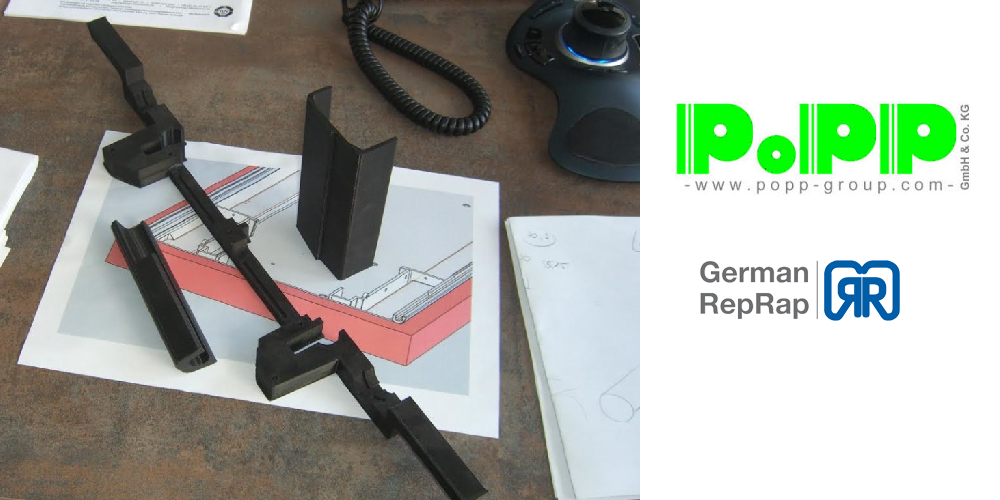The X400, the company says, was extremely useful in a recent project that involved the manufacture of components for a patient table to be used in MRI scanning. Specifically, they needed to create a winding body for a rotating device that would later be fitted onto the patient table. The design required the accommodation of the fixing and assembly components of the device, as well as the cover. Ultimately, the end product would be produced by injection molding, but the entire prototyping process was done with the X400 printer.
“Only when we are certain that no more modifications are required do we create the expensive injection mold,” said Rene Schneider, who oversaw the project. “Up to that time, we do everything with 3D printing. Any faults or changes required by the customer are easy to rectify and implement.”
Like most companies that have been integrating 3D printing into their manufacturing processes, the Popp Group says that they are particularly pleased with how the technology has sped up the prototyping process. The winding body took about ten to twelve hours to print, as opposed to waiting several days for CNC milled parts that would previously have been required.
“The PLA frequently used in 3D printing is ideal here for medical technology since it is non-imaging and is not therefore shown in an MRI scan,” said Schneider.
“3D printing has become firmly established in product development at the Popp Group,” said Schneider. “Our X400 3D printer runs at full capacity.”
What are your thoughts on this story? Let us know in the Popp Group 3D Printing forum thread on 3DPB.com.
